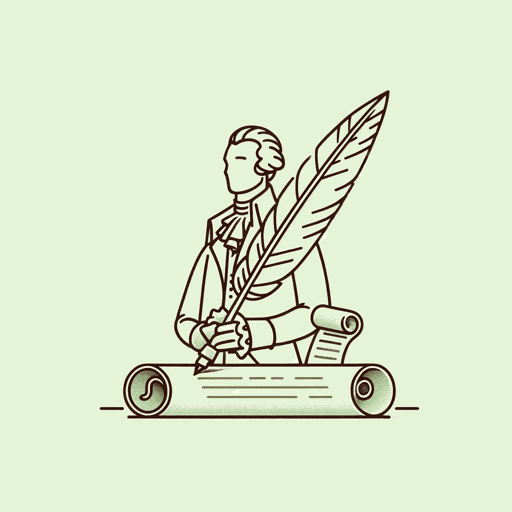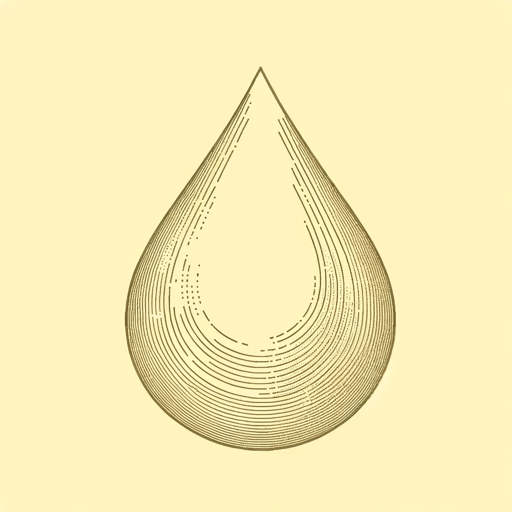66 pages • 2 hours read
Ron ChernowAlexander Hamilton
Nonfiction | Biography | Adult | Published in 2004A modern alternative to SparkNotes and CliffsNotes, SuperSummary offers high-quality Study Guides with detailed chapter summaries and analysis of major themes, characters, and more.
Symbols & Motifs
The Constitution
The Second Continental Congress resulted in what would become the Constitution of the United States of America. The Constitution is a symbol of America itself. Despite the government’s ability to revise the document, the Constitution ostensibly contains all of the guiding principles and philosophies of America’s democratic government. The question of whether a legislative action is legal in America is often viewed through the lens of whether it is Constitutional or not.
In Alexander Hamilton, the Constitution symbolizes the efforts of the founding fathers: in beginning the Revolutionary War, waging its campaigns successfully, and then banding together and compromising to the point where they had drafted a strategic plan for the country’s future. The document is a key to America’s values, against which all government decisions can be weighed.
George Washington
As the first president and the commander of the Continental Army, George Washington is as much a symbol in America’s history as he is a man. At the battle of Monmouth, Chernow writes that “America’s idolatry of George Washington” (139). The nature of the idolatry depended on who was looking at him. Washington’s critics saw him as a false idol, a symbol of aristocracy, monarchy, and an aloof coldness lacking in true humanity.
Related Titles
By Ron Chernow



